“Oh yeah? Well, my dad can beat up your dad!” A boast ubiquitous to us all, in our youth. Now, thanks to designer Eric Lang and Calliope Games, we can put that claim to the test. Metaphorically-speaking.
Ancestree Overview
Ancestree is a game of comparing lineages to see whose is best determined by three factors: heritage, marriage, and money. You know, just like in real life. Played out across three rounds, players draft their ancestors (again, uncannily like my own life) and carefully construct their family tree to be more prestigious than your opponents’.
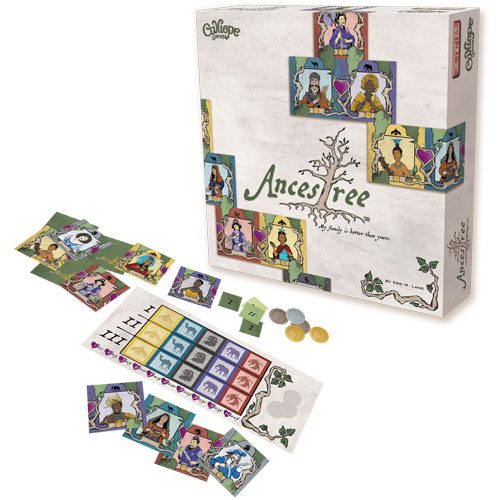
Gameplay is even more straightforward than the 14-page manual would indicate. Every round players randomly draw six tiles, each with a potential family-member on it. These tiles belong to one of five “heritages,” denoted by color or (in a considerate bit of design for the colorblind) by symbols. Some characters will also be “rich,” indicated by gold coins at the bottom of the card which will pay out at the end of every round they are in your family tree. So, even if your uncle likes to take his socks off at the dinner table, he’s worth two gold (six points by the end of the game) so no kicking him out of the family. Lastly, each tile will have possible “connections” to graft onto your family tree, and this is where things get interesting.
The Most Bizarre Genogram
There are two basic ways for a tile to be added into the family tree. Leaves on the top and bottom of your tiles allow you to add them as ancestors or descendants (these are offset, so if a tile has a leaf in the top left, then it will match up on the lower right of another tile, creating the classic cascading feel and look of an actual genealogy). Not every tile will have all four leaves, making your placements key as the rounds go on and the tile pool dwindles. Make a wrong move and you’ll be forced to take a tile that you can’t play or doesn’t benefit you, and no one wants that.
The other connection is the heart shape that will appear on the sides of some tiles. If matched up appropriately with other eligible tiles, this indicates inter-family marriages and is key in increasing your family’s prestige.
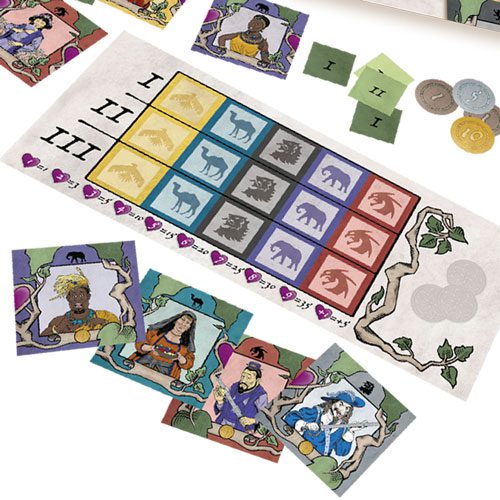
Players score at the end of each of the three rounds. I won’t get into too much detail, but you score by having the most contiguous generations of the same heritage (there are five, remember, distinguished by color), and each round the value of those heritages goes up. Second, the more marriages you have in your family, the more points you get, and these add up fast. If only two of your ancestors married, then not only was there a lot of fooling around going on, but you score only three points. However, if yours was a proper family and had eight marriages, then that earns you a whopping 30 points. Finally, the gold you’ve been accumulating is also scored.
Ancestree Gameplay
Now, that’s a lot of talk about how the game works, but how about how it plays? While at first it seems like the world is your oyster and you can throw down relatives willy-nilly into something that makes sense, you quickly realize that there’s a delicate balance. Gold can add up surprisingly fast if you don’t pay attention. Marriages may seem worthless at first but can swing the game at the end. Most nuanced, however, is the heritage scoring.
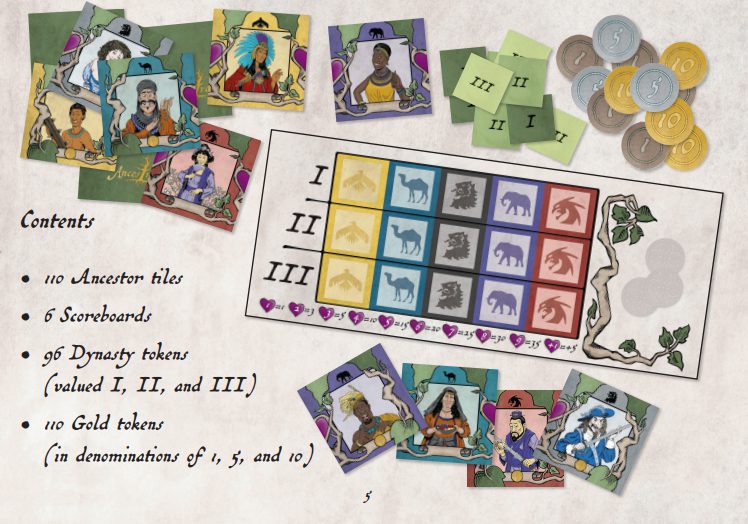
With only six tiles added per round and five different heritages in the game, it’s hard to run away with the scoring on these. You’ll find yourself keeping a close eye on the players to either side of you (with whom you compete for heritage prestige in each round). Sometimes you’ll think you can add a tile to pull ahead in one heritage only to realize that you can’t add them the way you planned because of a lack of proper connections. And that can cost you points. Not always a lot, but over three rounds of scoring they add up.
While those decisions are the best, the game apart from that is reasonably breezy, and that’s not necessarily a bad thing. It is most definitely a filler game, but a great play if you want to lay the groundwork for slightly bigger games like Troyes or Five Tribes. Ancestree functions well with just a few key, core mechanics, and gets a lot of mileage out of them. In truth, the worst things about the game are all stylistic and probably not important to everyone. But they’re important to me, so let’s talk about them.
Ancestree Final Thoughts
First, while I quite like the artwork by Larry Elmore and Adelheid Zimmerman (yes the Larry Elmore of Dragonlance fame), the game contains 110 different ancestor tiles. That’s a lot of artwork. So, no doubt to keep the budget from exploding out of control, they utilize a much smaller number of illustrations than there are tiles. This lack of variety can lead to some odd moments, like when you marry off two ancestors who look exactly alike. So while I understand the decision from a business standpoint, as a player I felt short-changed and those moments took me out of the experience.
I would also quibble, slightly, with the box insert and instruction manual. The first is just slightly the wrong size to fit the tiles in any way that would make sense and should be thrown away immediately in favor of bags or a custom insert. As for the manual, while the rules are clear enough, a thematic font should never have been used. It slows down the reader and makes things that are simple feel confusing. I already knew how to the play the game when I bought it, but found myself getting annoyed by the rules even using them as an occasional supplement. So if you want to learn the game, I suggest watching a playthrough video.
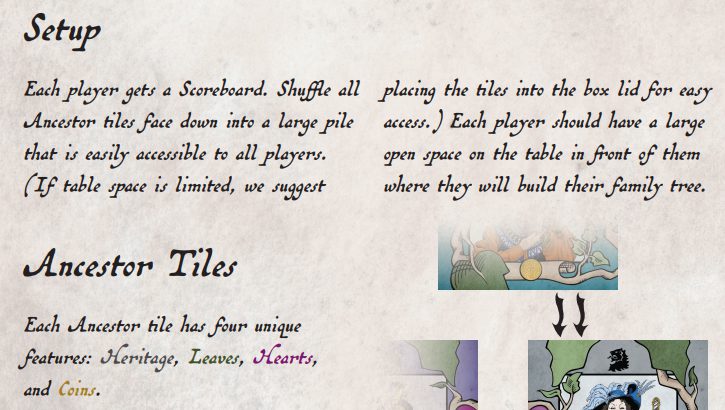
All that said, this is a game that I see remaining in my collection for the time being. It’s a game I’ll break out with my non-gamer friends, and something I’ll use as a filler with my more hardcore gamer friends in between lengthier, crunchier fare. Is it perfect? Hardly. Is it worth .99? I’d say so.





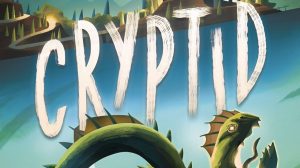
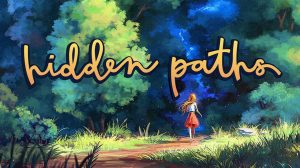
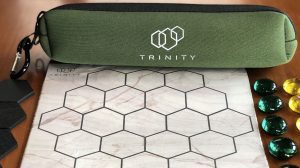




Add Comment